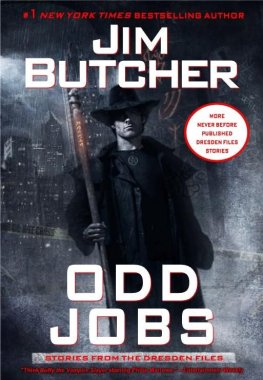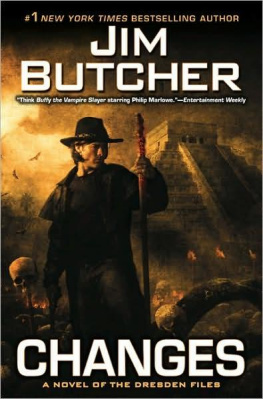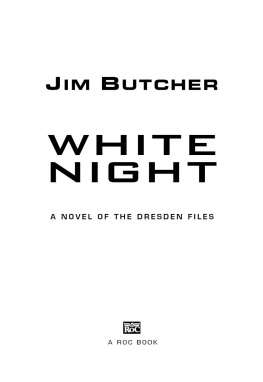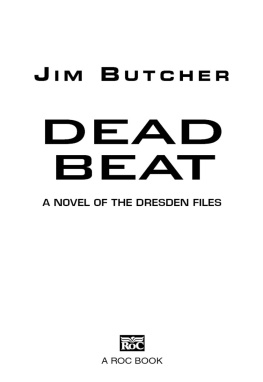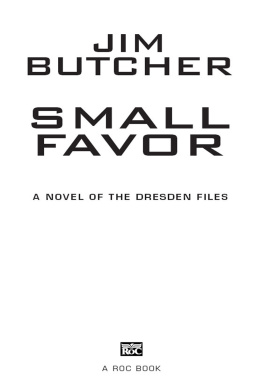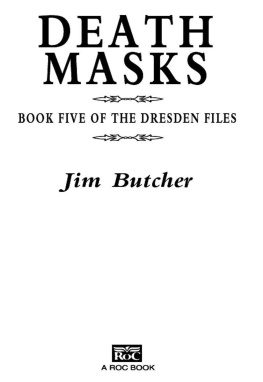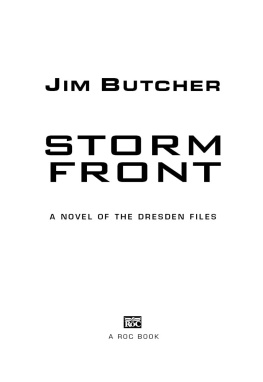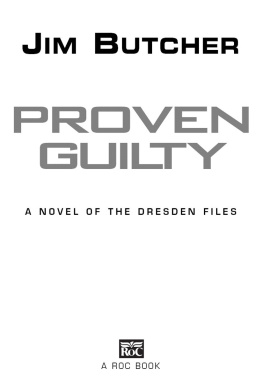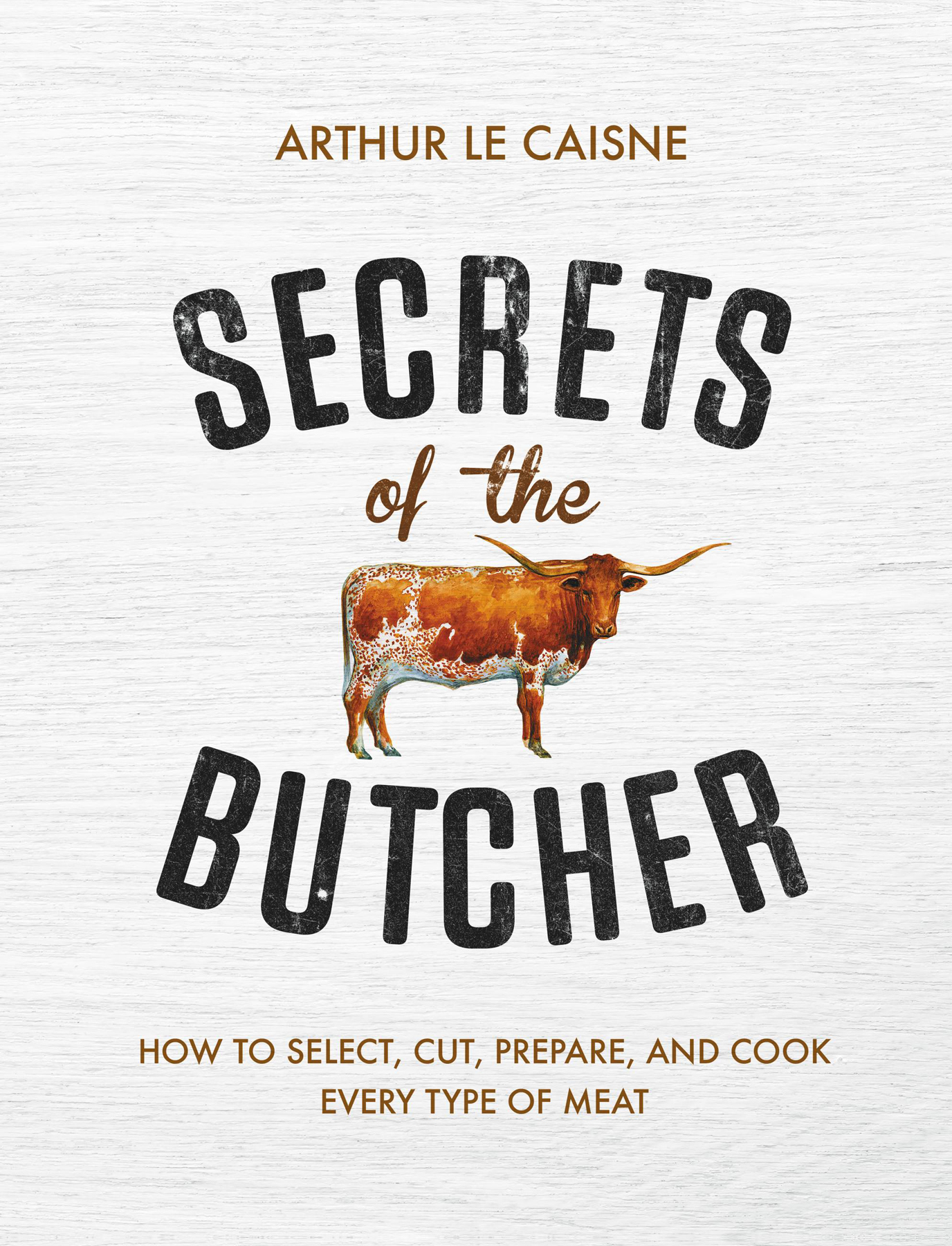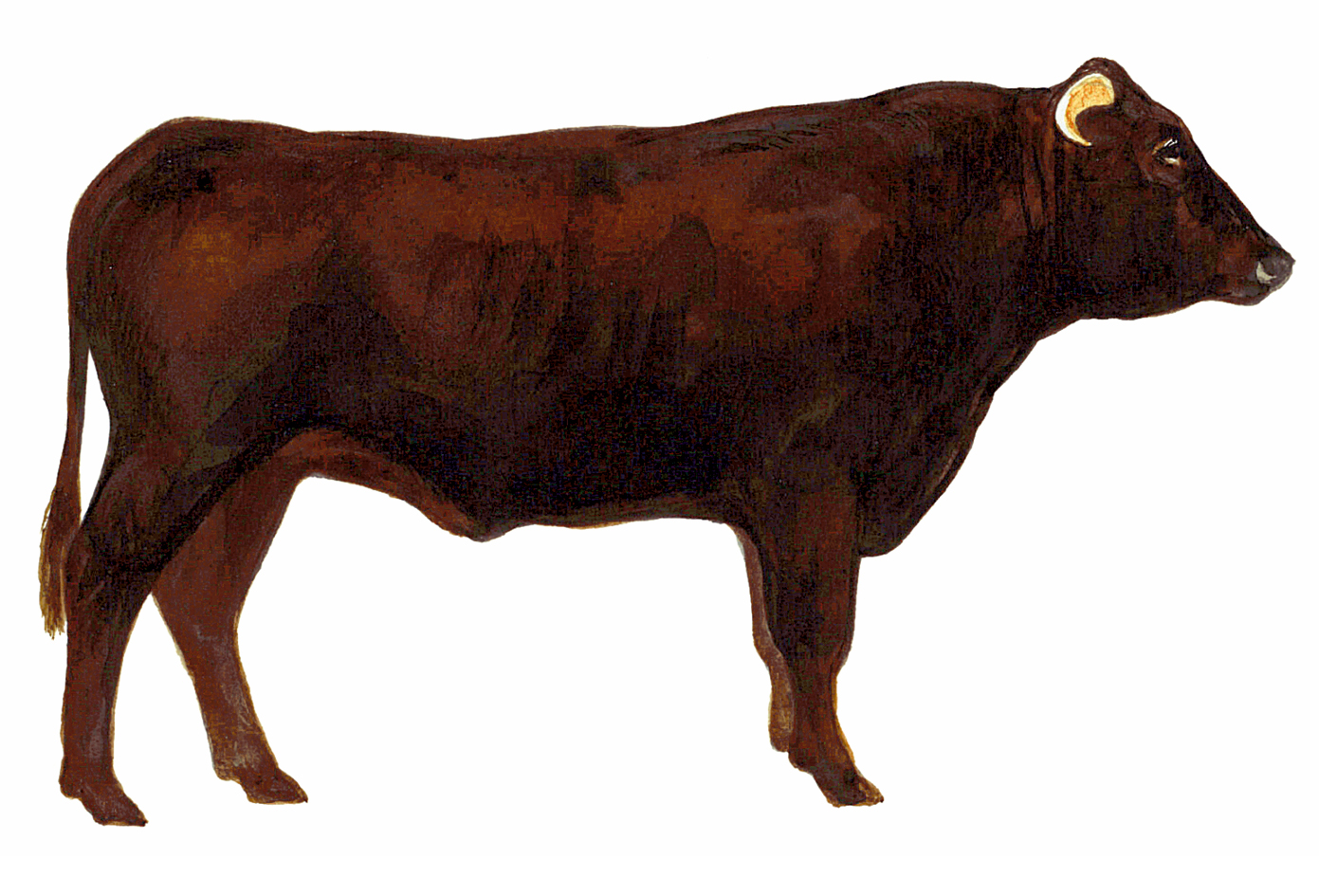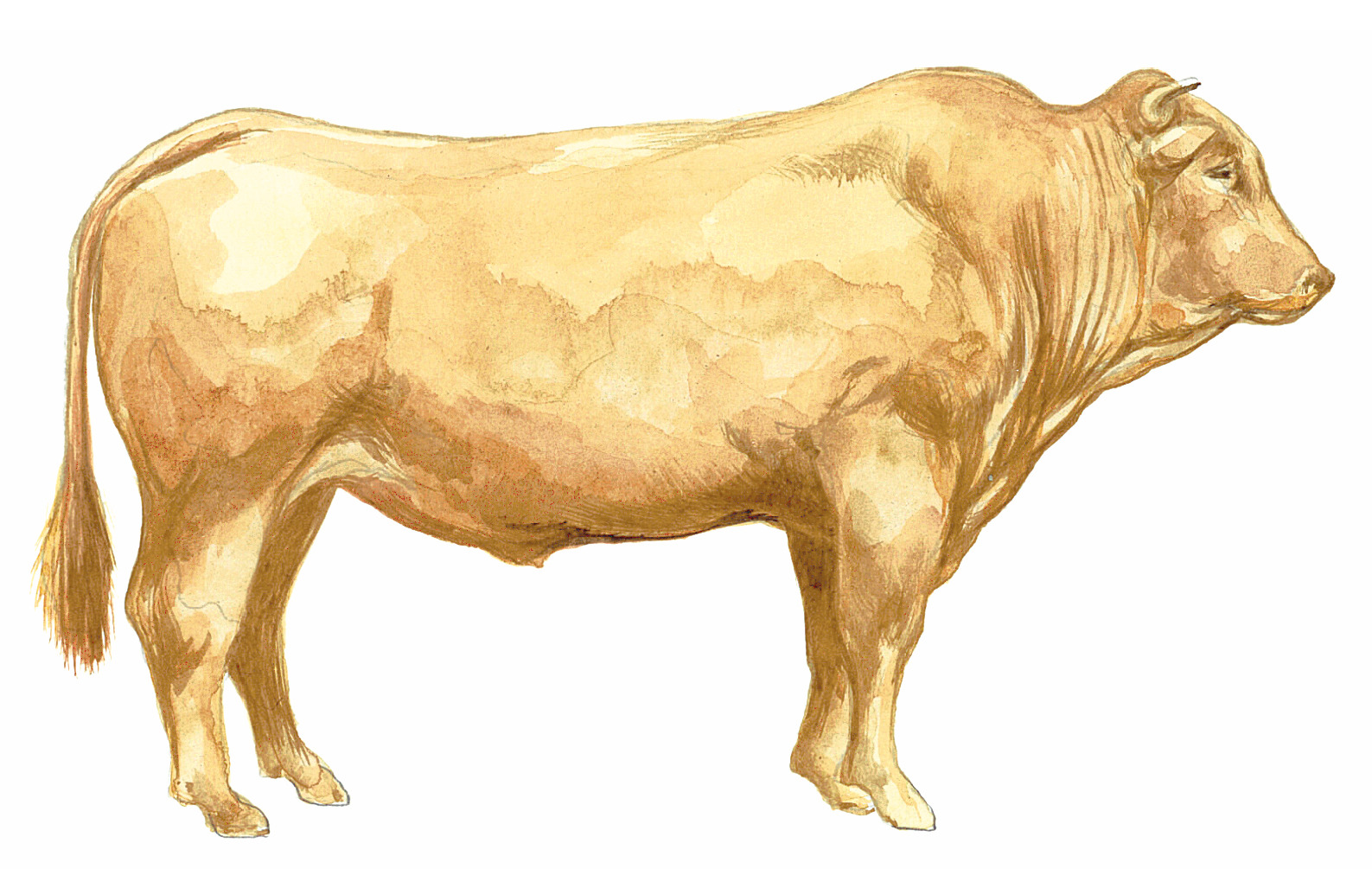Thank you for buying this ebook, published by HachetteDigital.
To receive special offers, bonus content, and news about ourlatest ebooks and apps, sign up for our newsletters.
Le manuel du garon boucher Hachette Livre (Marabout), Paris, 2017
English translation copyright 2018 by Black Dog & Leventhal Publishers
Translated by Stephanie Williamson by arrangement with Cambridge Publishing Management Limited
Cover design by Carlos Esparza
Cover copyright 2018 by Hachette Book Group, Inc.
Hachette Book Group supports the right to free expression and the value of copyright. The purpose of copyright is to encourage writers and artists to produce the creative works that enrich our culture.
The scanning, uploading, and distribution of this book without permission is a theft of the authors intellectual property. If you would like permission to use material from the book (other than for review purposes), please contact permissions@hbgusa.com. Thank you for your support of the authors rights.
Black Dog & Leventhal Publishers
Hachette Book Group
1290 Avenue of the Americas, New York, NY 10104
www.hachettebookgroup.com
www.blackdogandleventhal.com
First English-language edition: May 2018
Black Dog & Leventhal Publishers is an imprint of Hachette Books, a division of Hachette Book Group. The Black Dog & Leventhal Publishers name and logo are trademarks of Hachette Book Group, Inc.
The publisher is not responsible for websites (or their content) that are not owned by the publisher.
The Hachette Speakers Bureau provides a wide range of authors for speaking events. To find out more, go to www.HachetteSpeakersBureau.com or call (866) 376-6591.
Library of Congress Control Number: 2017959409
ISBNs: 978-0-316-48066-6 (paper over board); 978-0-316-48065-9 (ebook)
E3-20180319-JV-PC
I had to create some solid bases, like the foundations or the load-bearing walls of a house. I looked for and found scientific studies. I read books, lots of them. I also met a lot of peoplefarmers, renowned professionals in the meat industry, restaurant owners. But these exchanges were always a little mundane and nothing very interesting came from them. I felt frustrated. This wasnt working
And then, one day, I went to meet a butcher and a farmer, the first in Sens and the second near Beaune, both in France. Actually, thats not entirely correct. Theyre not a butcher and a farmer. They are Jean Denaux and Fred Mnager. Jean and Fred (Im lucky enough to call them by their first names today) are the leading authorities in their professions, both in France and abroad. Perhaps you dont know them, because the media really isnt their thing. Theyre known for producing meat and poultry of a rare quality. Its practically haute couture!
I met Jean Denaux first. Jean is the French specialist in meat maturation. In fact, hes such an expert that he doesnt talk of maturation but of refinement. He works his meat in the same way one would refine an award-winning cheese or a vintage wine.
We spent a long time sharing stories. I wrote down everything he said to me. I was blown away by his approach to his work and his scientific knowledge. I watched him explain it to me, with piercing blue eyes and slender, outstretched hands. I felt such an intensity in him, such intelligence, that it was almost unsettling.
Then, I went to see Fred Mnager. Fred is the best source of information when it comes to poultry.
We spent the afternoon together as he introduced me to his poultry: ancient breeds, some of which had been virtually extinct, which he helped bring back. I discovered a charming guy, incredibly clever with an unimaginable amount of knowledge. He had a love for his animals and a level of integrity Id never seen in any other farmer. And again, I filled pages and pages with rare and precious information.
In fact, it was on that day that this book really began. I had just found what I was looking for: a mix of intelligence, knowledge, passion, vision, and shared experiences.
Thank you Jean, thank you Fred, for this memorable day, and for everything you willingly shared with me thereafter.
Its not so much the muscle that gives beef its taste but the fat inside or around the muscle. Each breed develops its own particular fat, and for this to happen, the animals food, climate, and environment are crucial. The attention given to them by the farmer is also very important, because beef cattle are highly sensitive to stress.
THE BEST OF THE BEST
THE MATSUSAKA
Its not exactly a breed: its a wagyu, from the Kuroge Washu breed (Japanese Black, see p 16). The calves, solely females that will remain unbred, are purchased at auction in the Tajima Valley, right next to Osaka, and raised in the Matsusaka region in the center of southwest Japan. The animals are raised in pairs and fattened with cereal grains such as rice straw, barley, and beer residues. Music is played to them to help them stay calm and avoid stress. The temperate climate and the cleanliness of their water play a big role in giving the beef its specific flavor. Its the quality of the fat that earns Matsusaka beef its renown: instead of the meat being marbled with fat, its the fat that is marbled with meat. Tasting this meat is a unique experience. Its incredibly, indescribably succulent and the fat literally melts in your mouth. Try it once in your life and youll remember it forever.
Cow: 1543 lb Carcass: 881 lb
THE RUBIA GALLEGA
This breed from Galicia, on the coast of northwest Spain, is a cousin of the Blonde dAquitaine. It can often be found in France under the name Blonde de Galice. Formerly considered to be a dual-purpose breed (meant to produce both milk and meat), its raised for much longer than Anglo-Saxon breedsbetween eight and fifteen years. The first breed standards were established in 1933, but selection had begun well before. The Rubia Gallega enjoys lush grass, rich in iodine thanks to the sea spray and mild, temperate weather. Its subjected to absolutely no stress and is left outside all year round. This animal develops a substantial and very tasty amount of fat inside and around the muscles. The flavors are quite distinct: spiced, rich and salty. The fat, which almost crystallizes, has an admirably good length on the palate. The Matsusaka and the Rubia Gallega have been classed numerous times as the best meats in the world.


